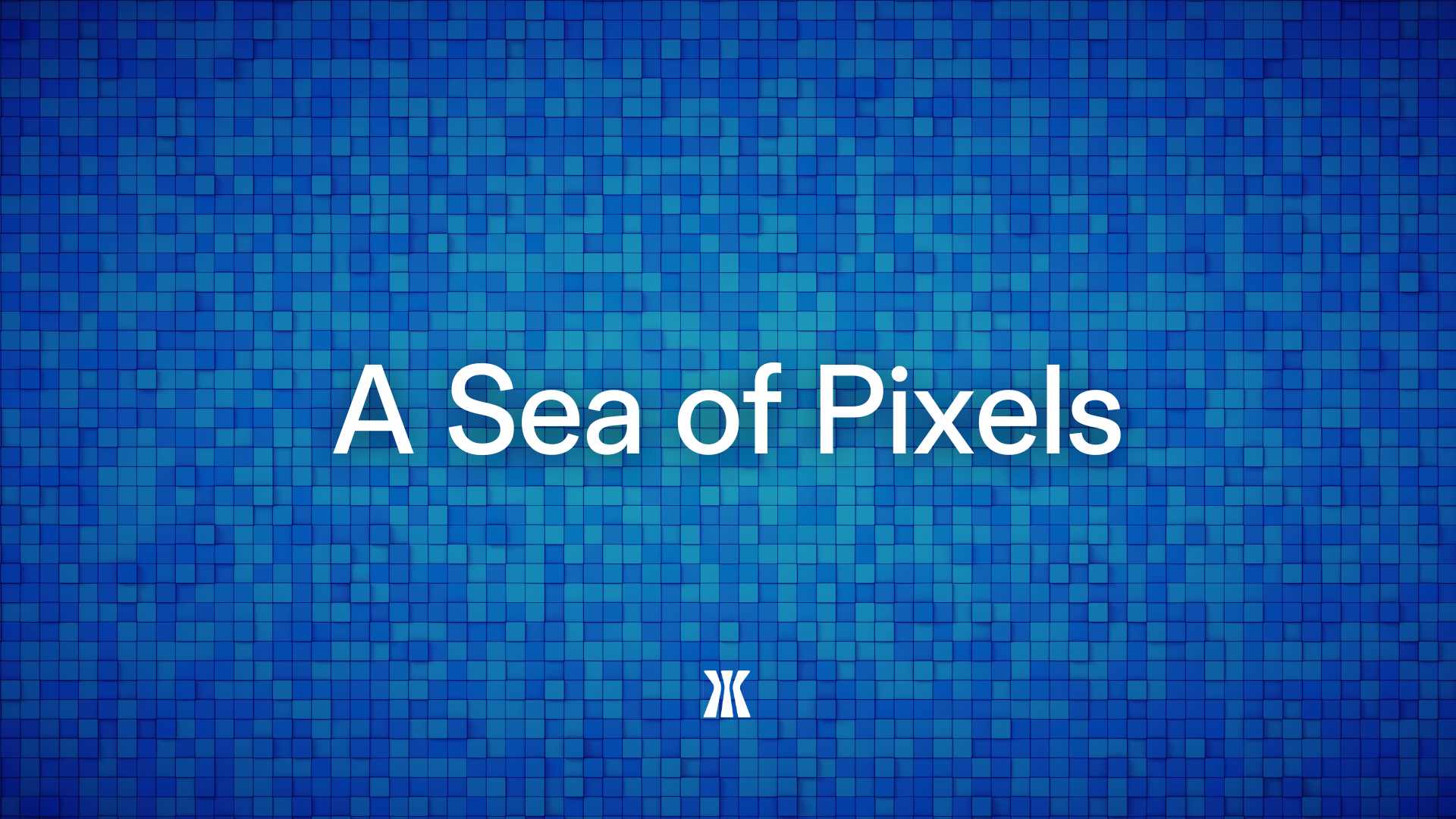Pixel art, a cornerstone in video game presentation, spans the eras alongside the rise of three-dimensional graphics. Despite initial perceptions of being a rudimentary aesthetic, pixel art has not only endured, but has undergone a renaissance within modern gaming, art — and NFTs.
In its nascency in the 1970s and 1980s, pixel art grappled with technological constraints. Developers experimented with basic blocks, giving rise to notable users like Magnavox Odyssey, ColecoVision, and Atari 2600. Despite limitations, pixel art became a canvas for creativity, laying the foundation for its future evolution.
The 8-bit era marked a significant shift towards more ambitious creations. Games like Super Mario Bros and The Legend of Zelda displayed the potential of pixel art, and introduced pixel art to iconic platforms such as Nintendo Entertainment System, Sega Master System, and Game Boy, solidifying its place in gaming history and setting the stage for pixel art as an artform for good.
Advancements in console graphics during the 16-bit era brought on the maturation of pixel art and showcased its versatility. Games like Sonic the Hedgehog, Super Mario World, and Final Fantasy VI embraced this aesthetic.
The shift towards three-dimensional graphics posed challenges to pixel art's popularity. Despite this, pixel art persisted and evolved, as seen in titles like Super Metroid and Chrono Trigger, celebrating the enduring appeal of the 16-bit style. Notable users during this period included Sega Dreamcast and Game Boy Advance, showcasing pixel art's resistance to extinction.


In the advent of NFT’s and Ordinals, a sense of nostalgia has woven pixel art into art based and profile picture based collections. Collections like Megapunks, Bitcoin Frogs, and others have leveraged blockchain technology to tokenize and sell pixel art creations. This not only introduced pixel art to new audiences but also highlighted its cost-effectiveness for on-chain transactions on BTC.
Pixel art, far from fading into obsolescence, has left an indelible mark on the gaming and now digital art landscape. Celebrating this rich history invites us to immerse ourselves in the beauty of pixel art, embracing both old classics and new releases, while acknowledging its newfound popularity in digital collectibles. Here, the efficiency of small-sized artwork contributes to on-chain accessibility and seamless scaling on the marketplace, further solidifying pixel art's place in the evolving landscape of digital art.




